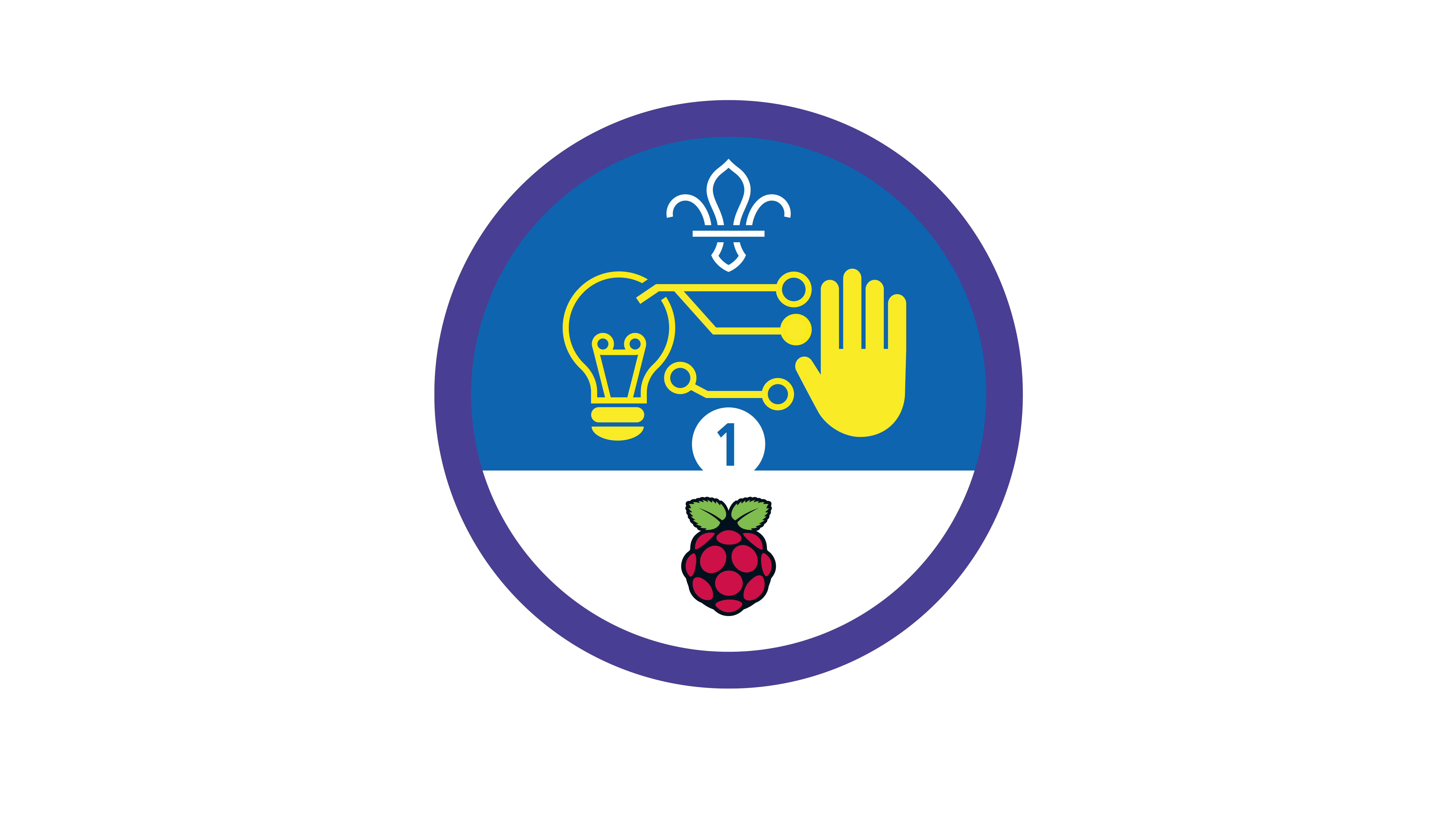You’ll need
- Access to a computer
Before you begin
- If you don’t have enough computers for one each, people could work in pairs, or you could run this activity as one base, so groups visit one at a time. You could also look in to visiting a local library or school to use their computers.
- You’ll need PiSKEL on each of the laptops or computers.
- If your meeting place has internet access, you can use PiSKEL online by opening a starter project in a web browser.
- If your meeting place doesn’t have internet access, don’t worry! You can download and install PiSKEL beforehand. Open the starter project before the meeting.
- It’s best to spend some time getting to know PiSKEL before you begin so you can help anyone with questions. Why not see if you can follow the instructions to create an example? If anyone else has used similar software before, they could help answer questions too.
Chat about bugs
- The person leading the activity should help everyone remember everything they know about pixels – the tiny dots that make up computer screens.
If you need a reminder, check out the Pixel art activity.
- The person leading the activity should ask if anyone knows what mistakes in computer programmes are called. They’re called bugs!
- Everyone should chat about animation. Does anyone know how an animation’s created? Animations are made by putting together lots of images (frames) – small differences between frames come together to create movement.
Animation time
- Everyone should open the starter project in PiSKEL. Depending on whether there’s internet access, they should either visit the app in a browser or open the project in the installed PiSKEL app.
- The person leading the activity should make sure everyone can see a ‘Notes and handout’ pack.
- Everyone should work through the steps on the ‘Notes and handout’ pack to create their own animated pixel bug.
- Once they’ve finished their animations, everyone should take it in turns to share their creations. How does their animation compare to the movement of a real bug?
Reflection
This activity was all about developing skills. Do people feel more confident about animating now? How well did their animation mimic the movements of a real bug? Did anyone make any mistakes? It’s really hard to learn something new without making any mistakes. People who work digitally (for example, computer programmers) often find mistakes in their work – they’re called bugs. It’s OK if bugs exist; the most important thing is that the programmers work together to fix it and solve the problem. How did people fix any problems they found when making their bug? Did they learn more about their project (or the app) when they were fixing mistakes?
Safety
All activities must be safely managed. You must complete a thorough risk assessment and take appropriate steps to reduce risk. Use the safety checklist to help you plan and risk assess your activity. Always get approval for the activity, and have suitable supervision and an InTouch process.
- Online safety
Supervise young people when they’re online and give them advice about staying safe. Take a look at our online safety or bullying guidance. The NSPCC offers more advice and guidance, too. If you want to know more about specific social networks and games, Childnet has information and safety tips for apps. You can also report anything that’s worried you online to the Child Exploitation and Online Protection Command. As always, if you’ve got concerns about a young person’s welfare, including their online experiences, follow the Yellow Card to make a report.
- It’s up to you whether you let everyone loose to give it a go, or whether everyone works through it together, step-by-step.
- People could create more detailed art if they increase the size of their grid (using the ‘resize’ button on the right of the screen). They could also add more frames for more detail.
People could work in pairs or small groups if it’d be helpful (or if they need to share equipment).
All Scout activities should be inclusive and accessible.
If people export their finished animations from PiSKEL as GIFs, they could import the file into Scratch as multiple costumes (alternative images) for a sprite (character). Then they could create code to build a game or interactive animation with their bug. Want to know more? Check out the information on the Scouts Raspberry Pi page.
Showcase your tech projects with other creators in the UK and across the world! Check out the Coolest Projects webpages to take part for free from February, or join the celebratory livestream with announcement of the judges’ favourite projects in June. We’d love to see Scouts of all ages involved so please mention you’re a Scout when you register!
This activity’s all about being creative – people should feel free to make their own decisions and follow their design dreams.

